“Ko te reo te mauri o te mana Māori, ko te kupu te mauri o te reo Māori” – Tā Hēmi Henare, 1985
Translated as: “The language is the life force of Māori, the word is the life force of the Māori language”
These words by Tā Hēmi Henare, a champion for te reo Māori, perfectly encapsulate the significance of the language, of each word and each sound in te reo Māori. Another whakataukī, a proverb, that echoes the same sentiment which you may have heard before:
“Tōku reo tōku ohoooho, tōku reo tōku māpihi maurea, tōku reo, tōku whakakai marihi.”
Translated as: “My language is my awakening, my language is the window to my soul, my language is a treasure.”
These are just two examples of the abundance of phrases, songs, chants and movements that reiterate the value, the importance and the reverence that te reo Māori holds for its people and the culture. It’s more than a language as a means of communicating, it’s a portal and insight into our identity. Te reo Māori gives insight into a Māori worldview and I’ve had the privilege of being immersed in te reo Māori before I was even born. It’s the only language my dad, brothers and I converse in with each other, and since becoming a māmā, it’s the only language I speak to my daughter.
Each sound and syllable has a whakapapa, they belong to an interconnected and interconnecting network that when pieced together often reveals a deeper meaning and perspective.
For example;
‘hauora’ is the Māori word for health and wellbeing, but let’s break that down further:
Hau + ora: air, wind + alive, well = healthy respiratory system and function
Hā + ū + ora: to breathe + be affirmed, committed to + alive, well =
You’ll notice from the examples above that the ‘air’ or ‘breathing’ plays a key role in how Māori have described health and wellbeing, which can be traced back to one of the Māori creation stories about Hineahuone. The first woman, Hineahuone, who was formed by the earth and clay at Kurawaka, and she was finally brought to life when Tāne Mahuta (atua, the forest) pressed their noses together and breathed life into her, causing Hineahuone to sneeze – a sign that she was alive! Tīhei, mauri ora! This is where the hongi originated; the traditional greeting, where noses are pressed together and the breath (of life) is exchanged. This story reminds us that an efficient and effective respiratory system is a sign of optimal health; which can be attained through regular movement, consuming nourishing foods and keeping hydrated.
Not all kupu Māori, Māori words, are broken down so bluntly to reveal their definition, but there are many words that follow this format that you may be familiar with, such as ‘tamariki’, and ‘kia ora’ – beyond their literal meaning, do you know what the true definitions are? Along with that exercise, here are some other tips and things to keep in mind when learning te reo Māori:
1. Getting your head right – be kind to yourself
- Learning anything takes time. Be gentle on yourself, especially if you are Māori and just beginning to learn te reo Māori. This is part of your identity and there are so many layers to unpack, and that’s before you get into sentence structures and grammar! At all levels of proficiency or fluency, we are all at various stages of being a student of te reo Māori.
- You will probably pick up and comprehend words long before you feel confident and your mouth feels comfortable to produce the words. This is a normal part of language acquisition. With more immersion and more use, the confidence will grow.
2. Create a conducive environment for learning and speaking te reo Māori
- We are shaped by our environment. What we see, what we hear, what and who we are exposed to influences the thoughts we think, how we feel and so on. If you’re trying to cut down on chocolate, are you going to keep chocolate everywhere in the house? No! I don’t think so. Apply that same approach to te reo Māori.
3. Curate your te reo Māori content
- There are Disney films in te reo Māori: Moana, The Lion King, Frozen & Coco (with Encanto in production!!)
- Find content creators who share bilingual health and wellbeing content; including @fitwahine_puawai and @toitangata on instagram.
- There are shows on YouTube such as Pipi Mā and Tākaro Tribe – which are kids shows, but with really catchy tunes, illustrations and information
- Pūkana: a full immersion te reo Māori show for bigger kids with different segments and
- Te Reo channel: available on Freeview and Sky with 100% te reo Māori shows, music, films and more
- Tāringa podcast: A te reo Māori and English show with a huge catalogue of episodes to learn te reo and tikanga Māori in a fun and relaxed way.
- Whakamāori, a VERY informative show featuring te reo Māori enthusiasts who translate pieces of content from English to Māori – the panellists also share their thought process behind why they’ve chosen specific words or structures.
- Various books and courses: the Māori Made Easy series by Scotty Morrison, “A Māori word a Day” by Hemi Kelly, and the “Kotahi Rau Pukapuka” series – an initiative to translate 100 popular books written in English into te reo Māori, are great places to start
4. Substituting everyday words with the te reo Māori equivalent
- Pick a room in your home or an activity you do all the time and head to maoridictionary.co.nz to search the translation for 5-10 things relevant to that room or activity. Write down or print out the kupu Māori and place it onto the thing as a reminder so that each time you see it, or need to use that word, the Māori translation is right there
5. Te reo Māori is a tāonga, a gift
- No matter who you are, learning te reo Māori means you are receiving a gift. But there are strings attached. Te reo Māori will uncover new worlds and provide you with a different perspective of the world, of yourself and everything in between – the strings are that you will now also become responsible for it. For its survival and growth, for nurturing and caring for it, the culture and world that it articulates and belongs to.
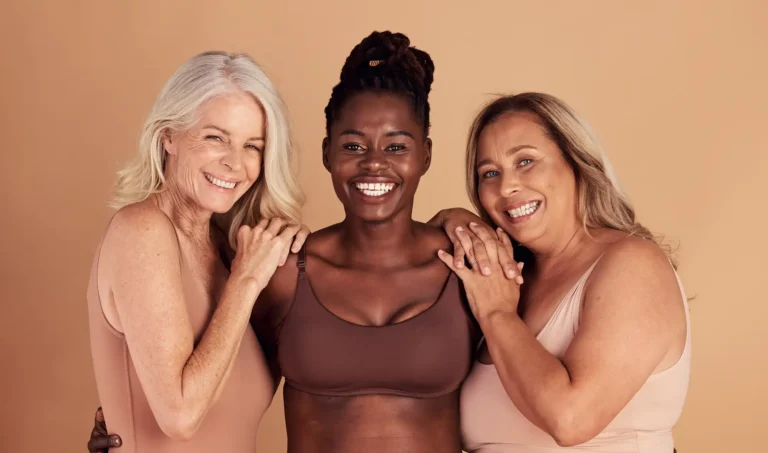
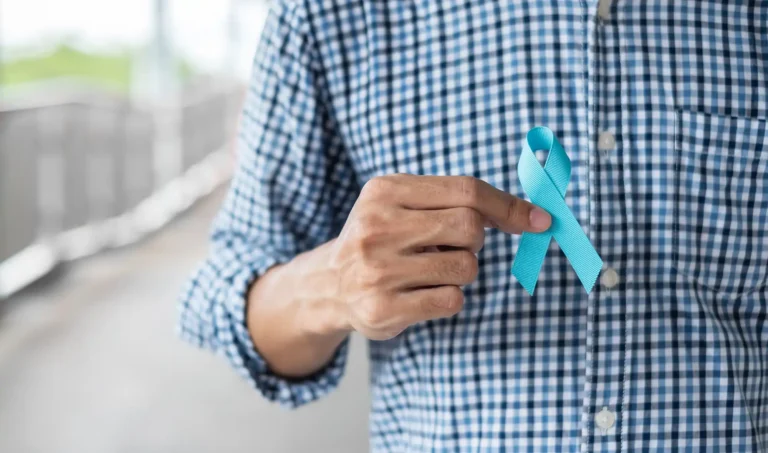


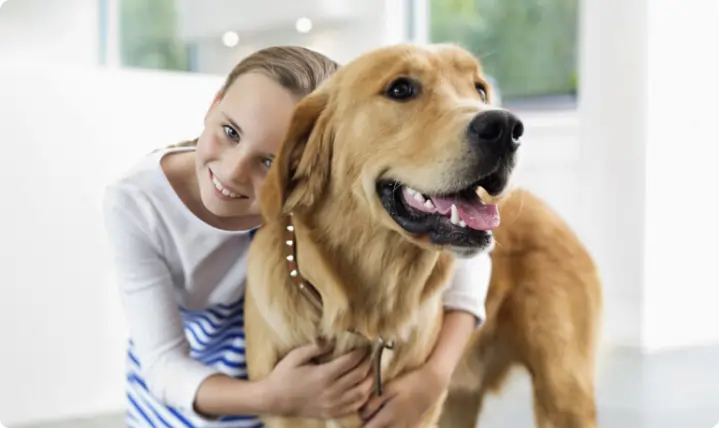
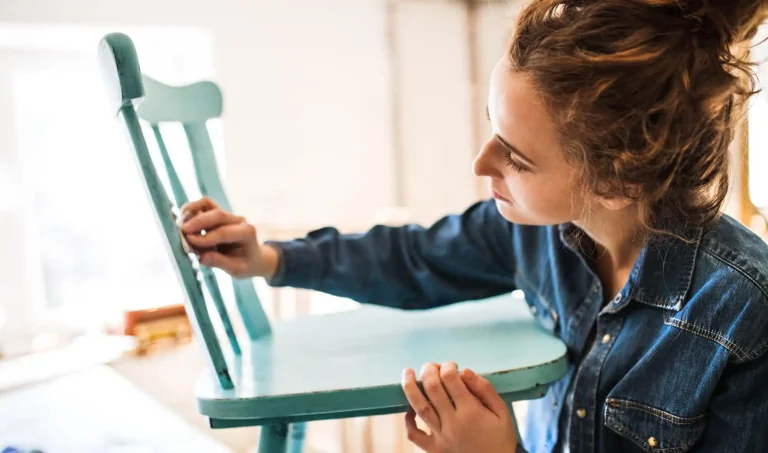
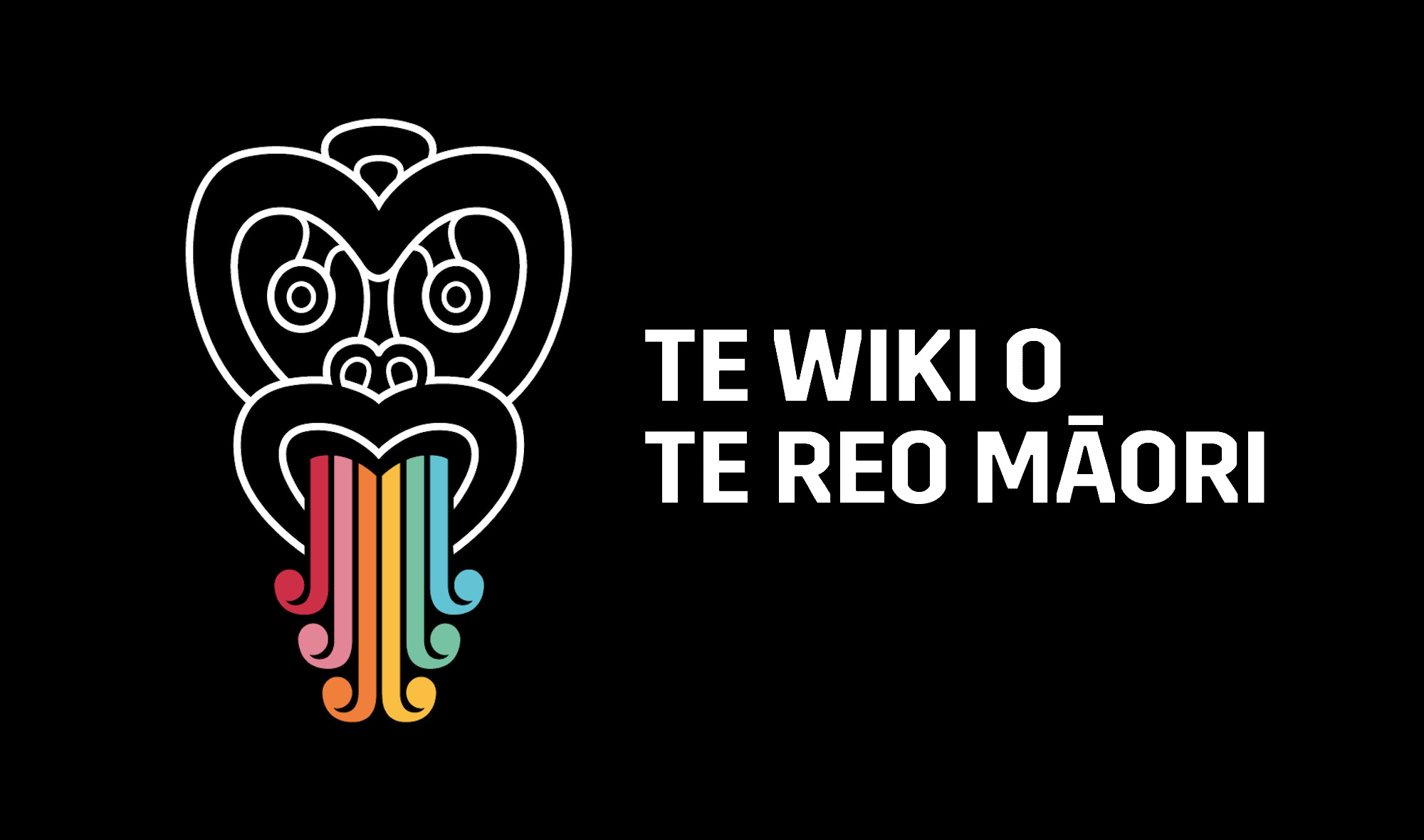

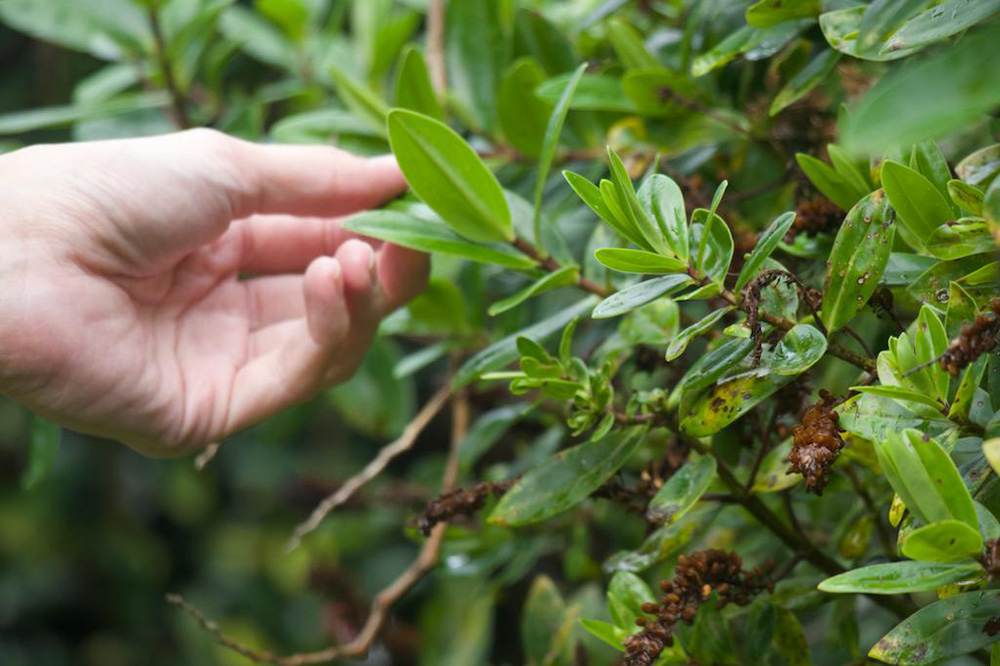

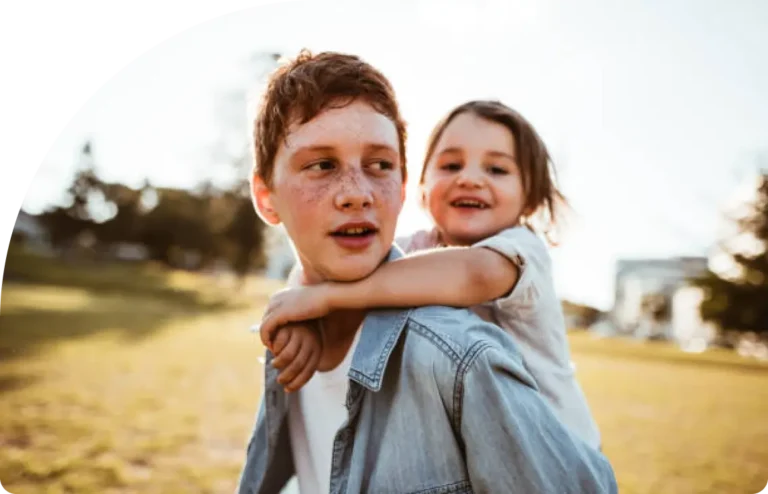
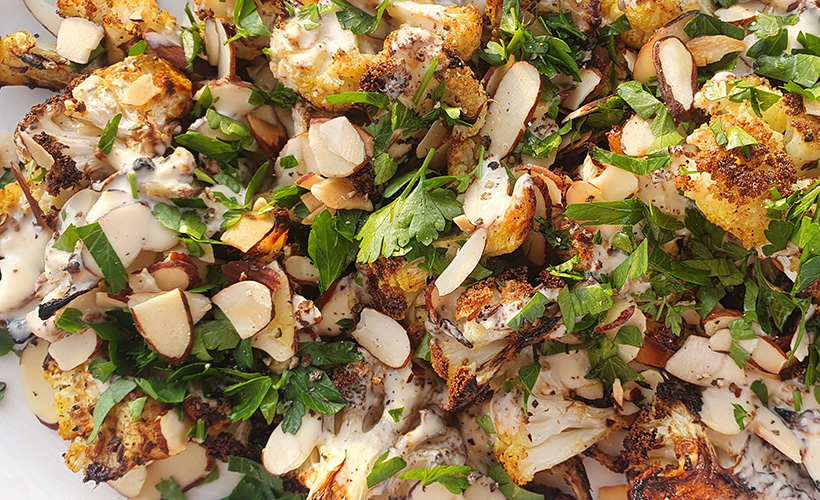

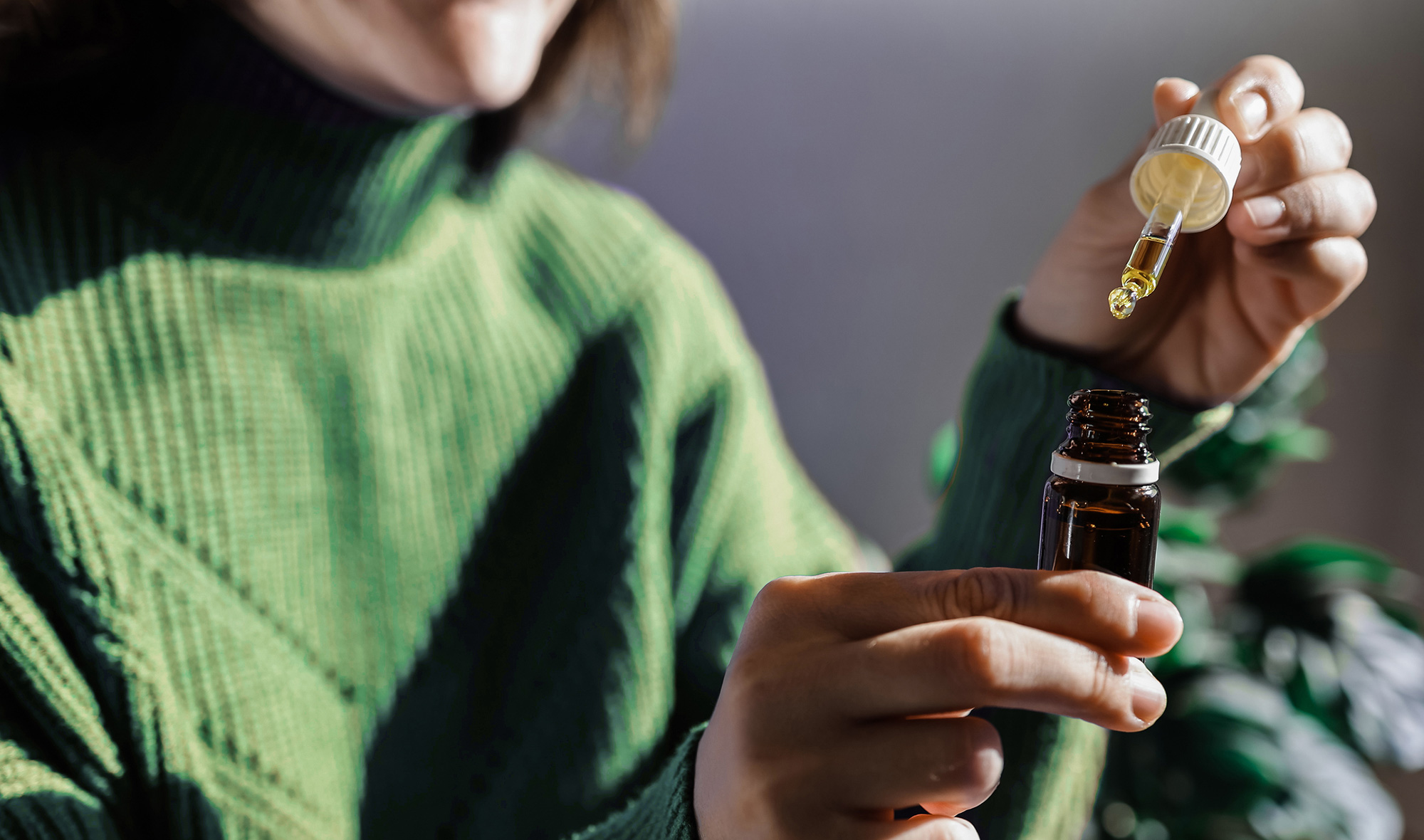

Community